The recent train accident that shook the nation has once again brought the safety of our railways into sharp focus. While it is tempting to point fingers and attribute blame solely to human errors, it is high time we shift our perspective towards a more proactive and forward-thinking solution. Rather than dwelling on the past, let us advocate for a technology-first approach that can revolutionize the Indian Railways and ensure the safety of millions of passengers who rely on this vital mode of transportation.
The Power of Technology:
Technology has the remarkable ability to transform industries and make them more efficient, reliable, and safe. From advanced signalling systems and predictive maintenance to real-time monitoring and automation, the potential of technology in revolutionizing railway operations is immense. Embracing this transformative power of technology is not a luxury but a necessity to prevent tragic accidents and safeguard lives.
The Need for Advanced Signalling Systems:
One crucial aspect of a technology-first approach is the implementation of advanced signalling systems, such as the Automatic Train Protection (ATP) system. ATP ensures continuous monitoring of trains, tracks, and signals, enabling automated interventions to prevent collisions, over speeding, and unauthorized movements. By adopting such cutting-edge systems, we can significantly minimize the risks associated with human errors and create a safer railway network.
Predictive Maintenance for Reliability:
Another critical area where technology can make a profound impact is predictive maintenance. By leveraging data analytics, machine learning, and Internet of Things (IoT) devices, the Indian Railways can proactively identify potential faults or failures in train components and infrastructure. This approach allows for timely repairs or replacements, reducing the chances of catastrophic accidents caused by equipment malfunctions.
Real-Time Monitoring and Incident Response:
Real-time monitoring using modern technologies, such as video surveillance, sensors, and geo-location systems, can provide railway authorities with comprehensive visibility into train operations. This allows for immediate detection of anomalies, rapid incident response, and better coordination between control centers, locomotive operators, and emergency services. By enabling quick interventions during critical situations, lives can be saved, and the severity of accidents can be mitigated.
Automation for Precision and Efficiency:
Automation technologies, including autonomous train control systems, can greatly enhance the precision, efficiency, and safety of railway operations. By reducing human intervention in critical tasks like train control, braking, and acceleration, automation minimizes the potential for human errors and fatigue-related accidents. Furthermore, it optimizes train schedules, reduces delays, and improves overall system capacity, providing a more reliable and convenient service to passengers.
Investing in a Safer Future:
Implementing a technology-first approach in the Indian Railways requires significant investment, both in terms of infrastructure and training. However, the cost of accidents, both in terms of human lives and economic losses, far outweighs the initial investment required. It is a matter of prioritizing safety, recognizing that technology is not an expense but an investment in building a modern, efficient, and secure railway system.
Conclusion:
While it is important to acknowledge and learn from past human errors, it is equally crucial to focus our efforts on embracing technology as the driving force behind a safer and more reliable Indian Railways. By adopting advanced signalling systems, predictive maintenance, real-time monitoring, and automation, we can pave the way for a safer future where accidents become increasingly rare. Let us advocate for a technology-first approach, not only as a response to tragic incidents but as a commitment to the well-being and security of all those who depend on our railways.



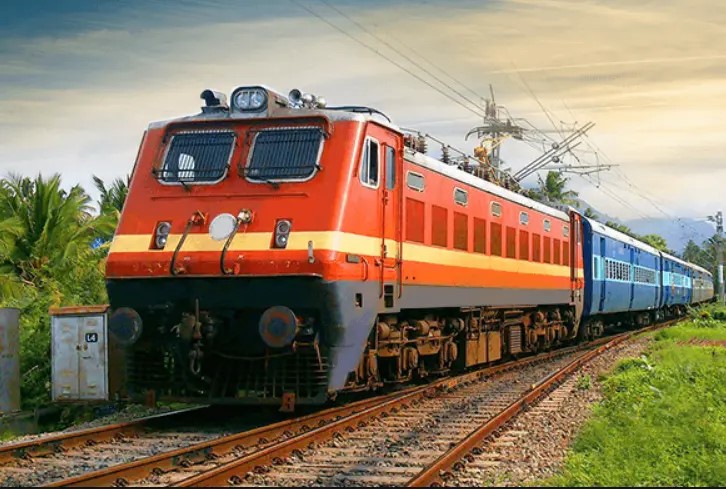


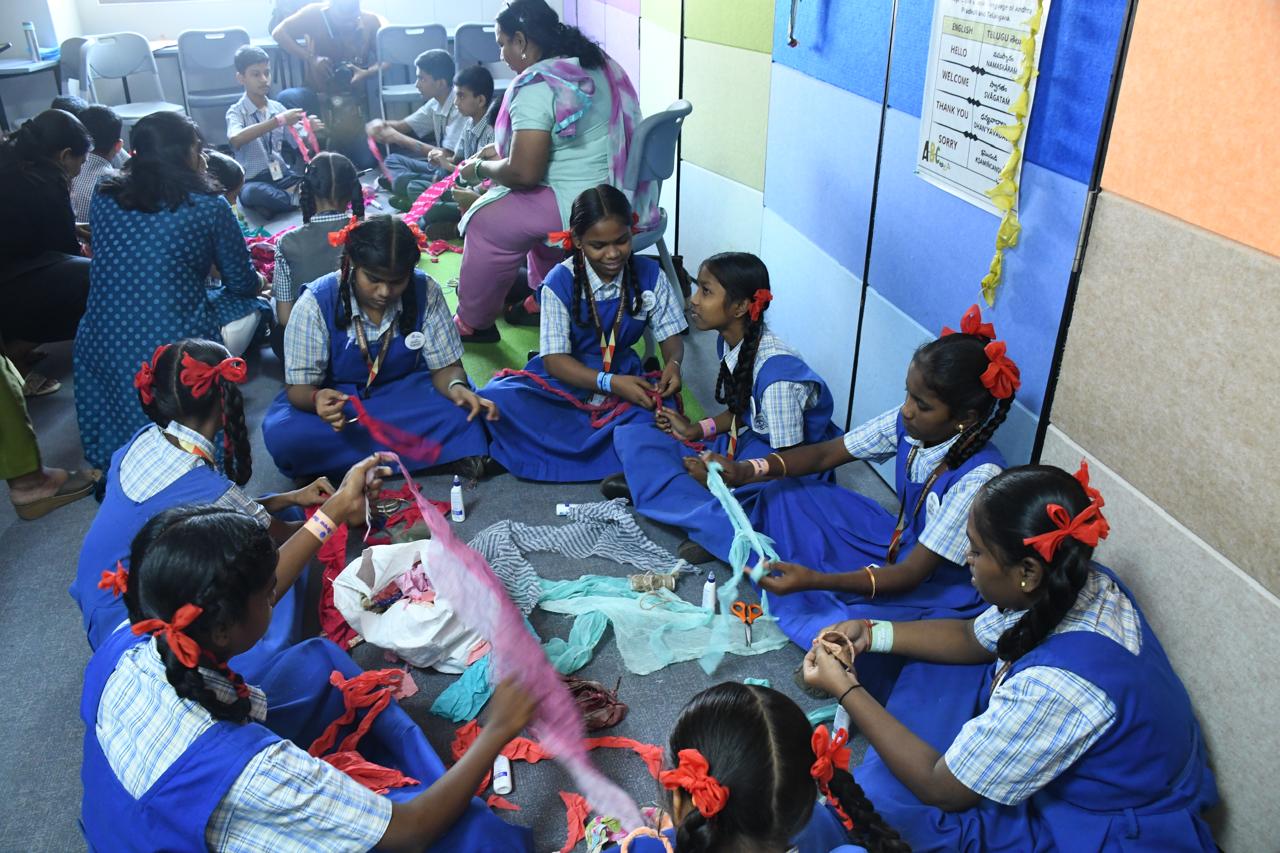

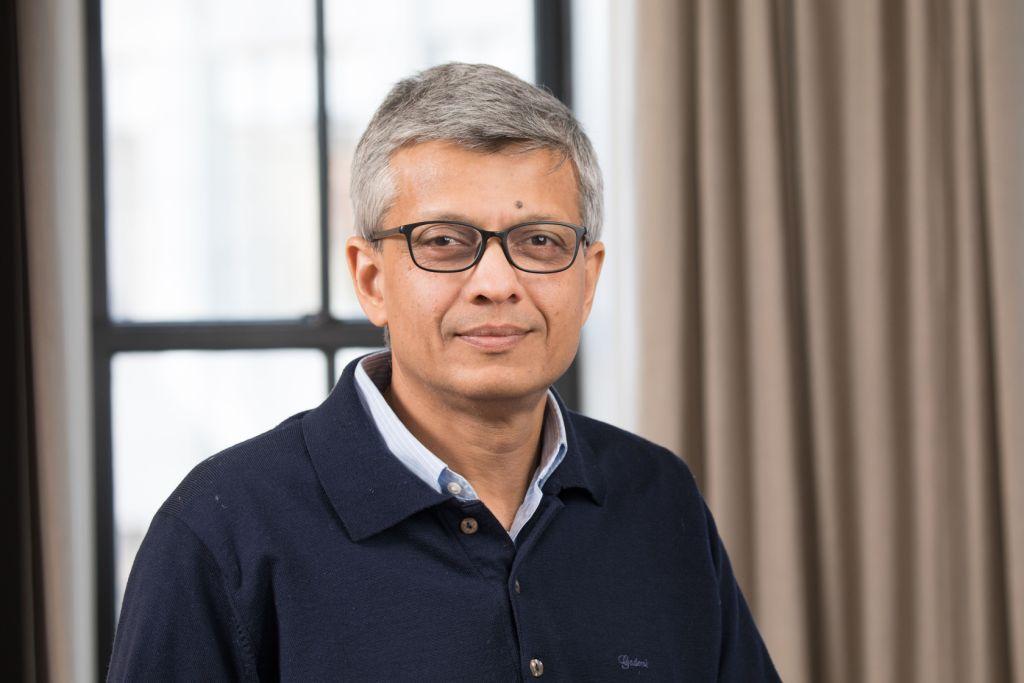
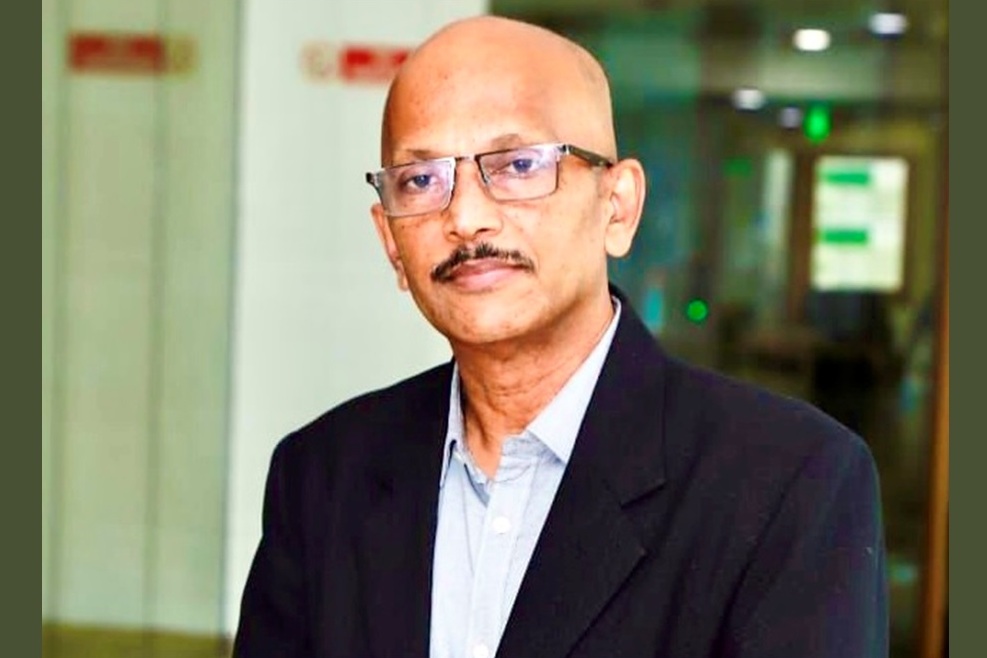
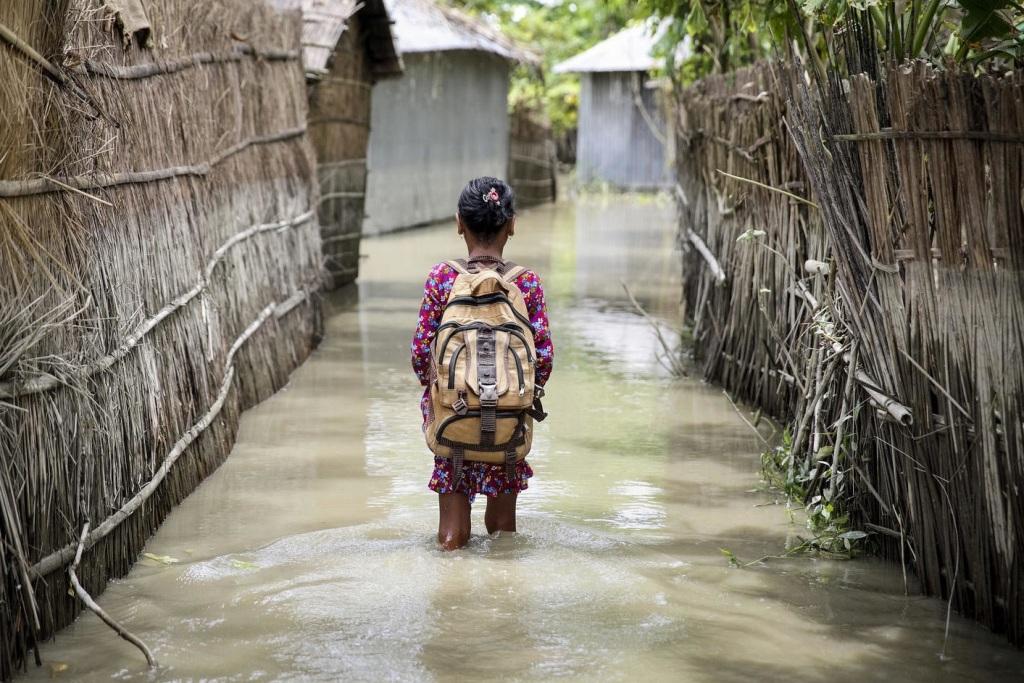

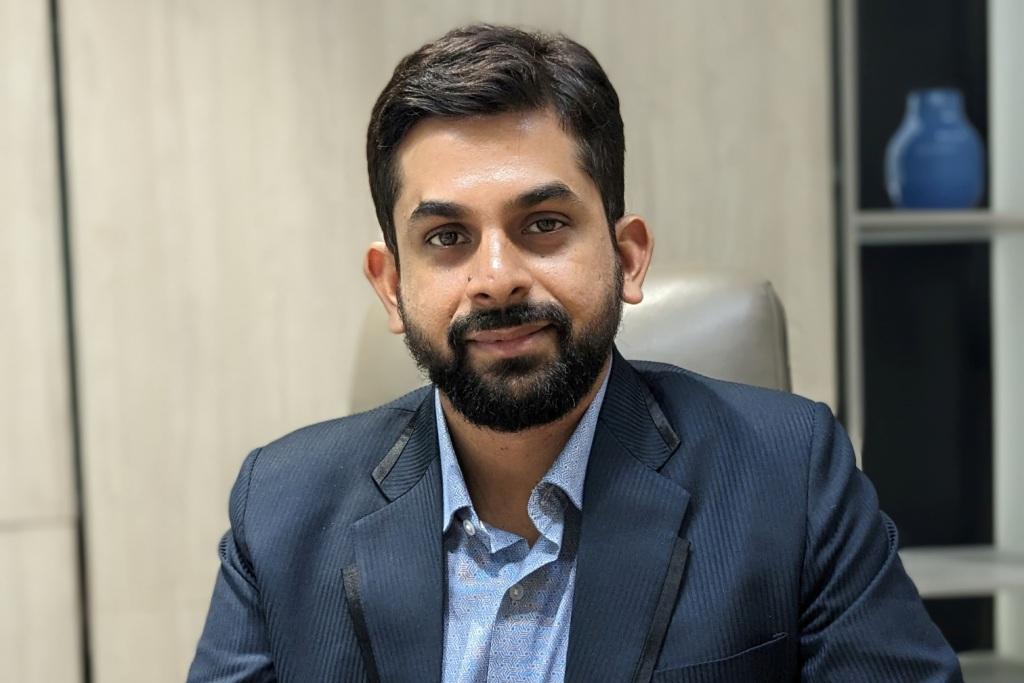




.jpg)




